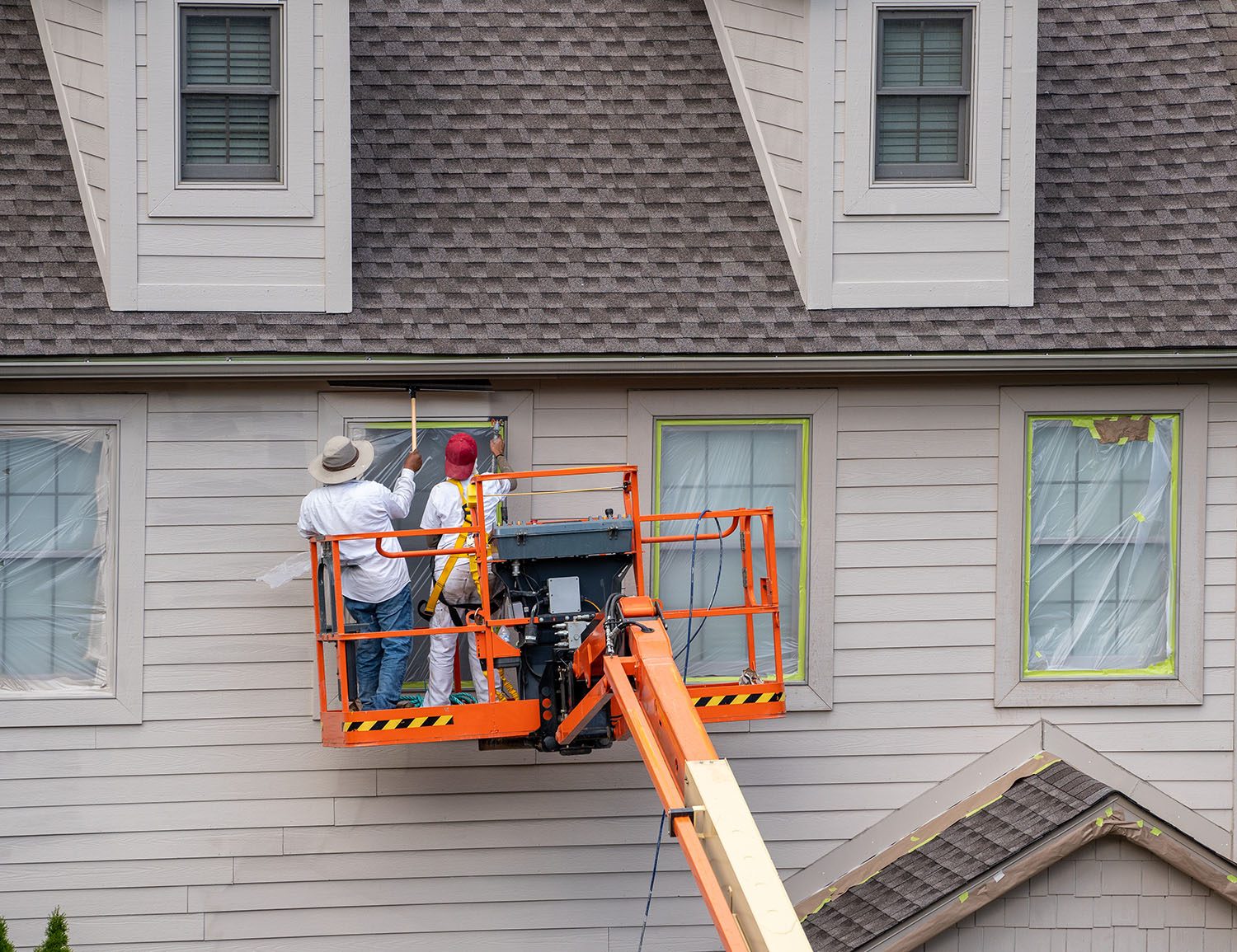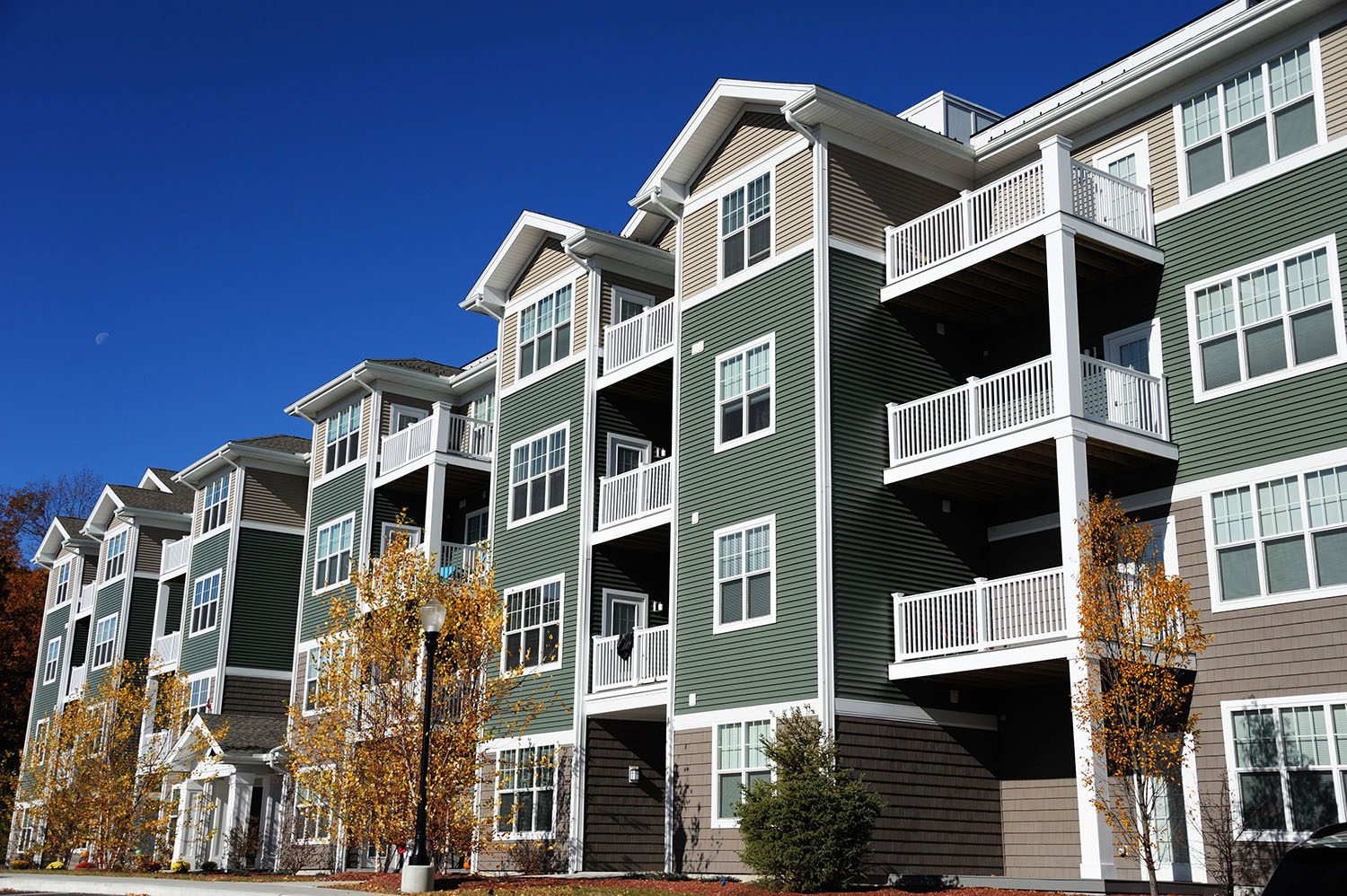When Is It Time to Paint Your Home's Siding? A Guide to Inspecting Your Siding

Your home is not just a structure; it's a reflection of your personality, style, and the love and care you invest in it. One of the most effective ways to enhance its curb appeal and protect it from the elements is by giving your siding a fresh coat of paint. Painting your home's siding not only adds aesthetic value but also serves as a crucial maintenance task. Follow along as we will explore when it's the ideal time to paint your home's siding, ensuring it remains a source of pride for years to come.
If it's time for new siding, try it on your home first with our virtual design tool!
The Importance of Siding Maintenance:
Before delving into the signs that indicate it's time to repaint your siding, let's highlight the importance of regular maintenance. Siding is not just about aesthetics; it acts as a shield against the harsh elements that your home faces every day. Rain, wind, snow, and sunlight can take a toll on your siding over time, leading to wear and tear. Proper maintenance, including timely painting, helps protect your siding, preventing issues such as rot, mold, and structural damage.
Fading Colors:
One of the most noticeable signs that it's time to paint your home's siding is fading colors. Over the years, exposure to sunlight can cause the vibrant colors of your siding to lose their luster. This not only diminishes the overall appeal of your home but also indicates that the protective layer of paint has worn thin. If you find that your siding has become dull and lacks the vibrancy it once had, it's a clear signal to consider a fresh coat of paint.
Professional Tip: Opt for high-quality, UV-resistant paint to ensure your home's colors remain vibrant for an extended period.
Peeling or Cracking:
Peeling or cracking paint is a red flag that should not be ignored. When the protective paint layer on your siding starts to peel or crack, it exposes the underlying material to the elements, making it susceptible to moisture, pests, and other potential damage. Regularly inspect your siding for any signs of peeling or cracking, and if you notice such issues, it's time to prioritize repainting.
Professional Tip: Before painting, make sure to properly prepare the surface by scraping off any loose or peeling paint and smoothing out the area to achieve a seamless finish.
Visible Mold or Mildew:
The presence of mold or mildew on your siding is not just an aesthetic concern but also a health hazard. Mold and mildew thrive in damp environments, and your siding can provide the perfect conditions for their growth if not adequately maintained. If you observe dark spots, green patches, or a fuzzy texture on your siding, it's crucial to address the issue promptly by cleaning and repainting to prevent further damage.
Professional Tip: Use a mildew-resistant primer before applying paint to inhibit the growth of mold and mildew on your siding.
Wood Rot or Decay:
For homes with wooden siding, the risk of wood rot or decay is a significant concern. When wood absorbs moisture due to rain or humidity, it becomes a breeding ground for rot-causing fungi. Regularly inspect your wooden siding for any signs of softness, discoloration, or visible decay. If you detect these issues, it's imperative to replace the damaged sections and apply a fresh coat of paint to protect the remaining siding.
Professional Tip: Consider using a moisture-resistant paint specifically formulated for wooden surfaces to add an extra layer of protection.
Increased Energy Bills:
If you've noticed a sudden spike in your energy bills, your siding may be a contributing factor. Over time, weathered and worn siding loses its insulation properties, allowing outdoor temperatures to affect the comfort of your home's interior. Repainting your siding can help restore its insulating capabilities, keeping your home energy-efficient and reducing your overall energy costs.
Professional Tip: Choose a paint with thermal insulation properties to enhance your home's energy efficiency.
General Wear and Tear:
Like any other part of your home, siding is subject to general wear and tear. Regularly inspect your siding for signs of wear, including scratches, dents, or areas where the paint has worn thin. Addressing these minor issues promptly through repainting not only preserves the appearance of your home but also prevents more extensive and costly repairs in the long run.
Professional Tip: Opt for a durable and high-quality exterior paint that can withstand the rigors of weather and daily wear.
Outdated Aesthetics:
Beyond the functional aspects, sometimes it's just time for a change in aesthetics. If your siding color or style feels outdated or no longer complements your home's overall design, a fresh coat of paint can work wonders. Updating your siding's appearance can breathe new life into your home and increase its curb appeal.
Professional Tip: Consider consulting with a color specialist or a professional painter to choose a color scheme that aligns with current trends and complements your home's architecture.
When to Hire a Professional:
While a fresh coat of paint can be a rewarding DIY project, there are instances when it's best to enlist the expertise of a professional painter. If your home has intricate architectural details, multiple stories, or if the preparation work involves extensive repairs, hiring a professional can ensure a seamless and high-quality finish. Professionals bring not only experience but also the right tools and techniques to tackle challenging aspects of the job. When the task seems overwhelming or if you simply prefer the peace of mind that comes with a professional touch, reaching out to a skilled painter is a wise investment in the longevity and beauty of your home. Remember, a well-executed paint job by a professional can transform your home, leaving you with a lasting sense of satisfaction and pride.
Conclusion:
Your home's siding is more than just a protective layer; it's an integral part of its identity and charm. Knowing when to paint your siding is crucial for maintaining its structural integrity, enhancing its curb appeal, and ensuring your home remains a comfortable and inviting haven. Regular inspections, proactive maintenance, and timely repainting are key to preserving the beauty and functionality of your siding for years to come. So, take the time to invest in your home's exterior, and you'll reap the rewards of a vibrant, well-protected, and visually appealing residence.


